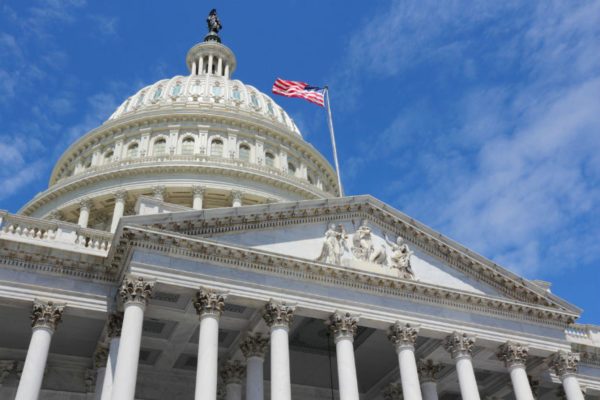Austrian Chancellor Klemens von Metternich once declared, “If France sneezes, the rest of Europe catches cold.” A current equivalent might be, “If the overall economy catches cold, state and local governments develop pneumonia.” To which might be added, “If the federal government, a major source of relief, is it itself bedridden, then those governments are in the ICU.”
What is needed today is a federal program to provide long-term assistance to state and local governments with minimal impact on federal deficits. A federal bond insurance program, in partnership with the private sector, might be just what the doctor ordered.
State and local governments have obviously been hard hit by the coronavirus-caused economic crisis. Even after state and local governments take the obvious immediate steps of reducing all but “essential” services, imposing hiring freezes and postponing infrastructure maintenance, their underlying problems will remain. Most notably, their already decrepit infrastructures will continue to deteriorate as they have for years. Consequently, these governments will be forced to borrow. Big time.
Here is where the federal government should step in, not only to provide fiscal support to state and local governments but also to stimulate the economy. The problem, of course, is that the long-term outlook for the federal government is no better than that of those looking to it for help.
Fortunately, there is a way that the federal government can provide significant assistance to its subnational entities while minimizing the impact on its own finances. In concert with extant bond insurance companies, it would promote and make available low-cost bond insurance to state and local governments.
In this regard the program would have much in common with existing federal crop and flood insurance programs. The policies would be underwritten by the insurance companies, but the federal government would directly subsidize a portion of the premiums and assume some of the default risk.
For example, suppose the program is established whereby the federal government subsidizes 70% of the policy price. Per terms of the program, the bond insurance company would receive 25% of the premium price and assume 25% of the default risk. The federal government would receive only 5% of the premium price but would assume 75% of the default risk. Thus, to purchase a $1 million policy, a municipality would pay only $300,000. Of this amount, $250,000 (25% of the $1 million) would go to the insurance company; the $50,000 balance (5%) would go to the federal government. The local government would have received $1 million of insurance for a cost of $300,000 and would be virtually assured a AAA bond rating and its incumbent reduced interest costs as a result of the insurance.
This approach has several virtues. First, state and local governments would see a reduction in their bond issuance costs that could be redeployed into additional capital projects. More importantly, they would have access to capital at the lowest prevailing interest rates, resulting in a substantial increase in capital investment.
Second, it would make bond insurance available to a much greater universe of governments. Since the Great Recession, only a handful of bond insurers remain, and they currently lack the fiscal capacity and credit worthiness to insure large amounts of government debt. Federal backing and risk-sharing, however, will promote a vibrant and expanded market capable of serving virtually all potential government customers.
Third, the federal government, at least initially, would receive a budgetary benefit through insurance premiums paid by local governments. Any eventual defaults would have to be federally funded, but overall, a bond insurance program would be far less costly to the federal government than either direct cash payments to state and local governments or loans through an “infrastructure bank.”
Finally, the rates will be established by the marketplace and the program managed by the private sector. Because the bond insurance companies, and not just the federal government, have skin in the game, they will be incentivized to carefully assess default risk in setting rates. Thus, governments that currently have or are close to having junk-bond ratings would not avoid being penalized for their past profligacy.
The messages coming from Congress are clear. State and local governments cannot expect to be rescued by way of ongoing federal bailouts.
At the same time, the federal government must acknowledge that aid to those governments is essential not only for their revitalization but also for the long-term economic recovery of the nation at large. A federal bond insurance program in partnership with the private sector has the makings of a bipartisan, long-term, palliative.
Michael Granof is the Ernst & Young Distinguished Centennial Professor of Accounting in the McCombs School of Business at The University of Texas at Austin.
Martin Luby is an associate professor in the LBJ School of Public Affairs at The University of Texas at Austin.
A version of this op-ed appeared in The Hill.




